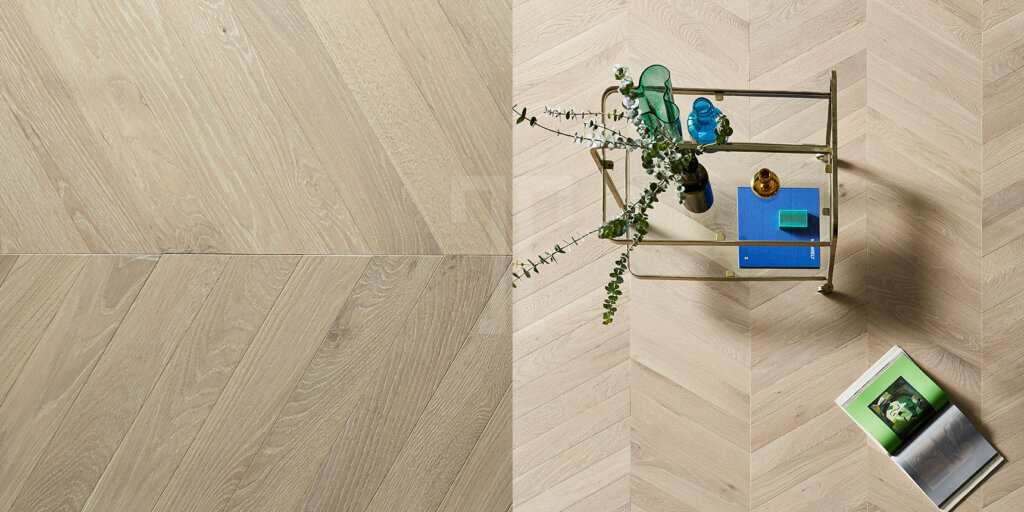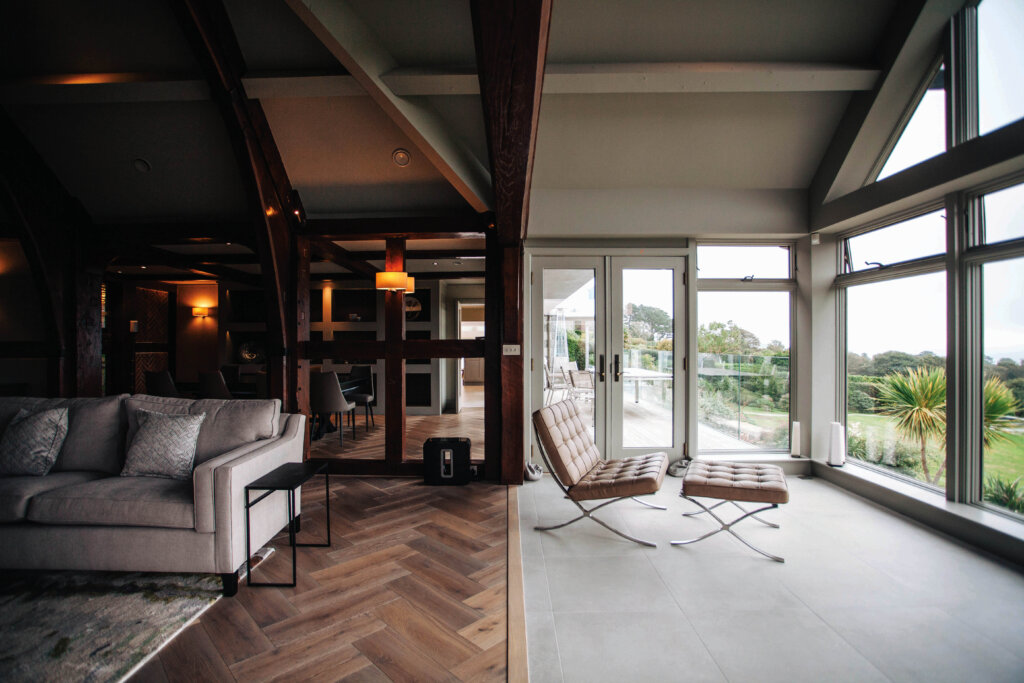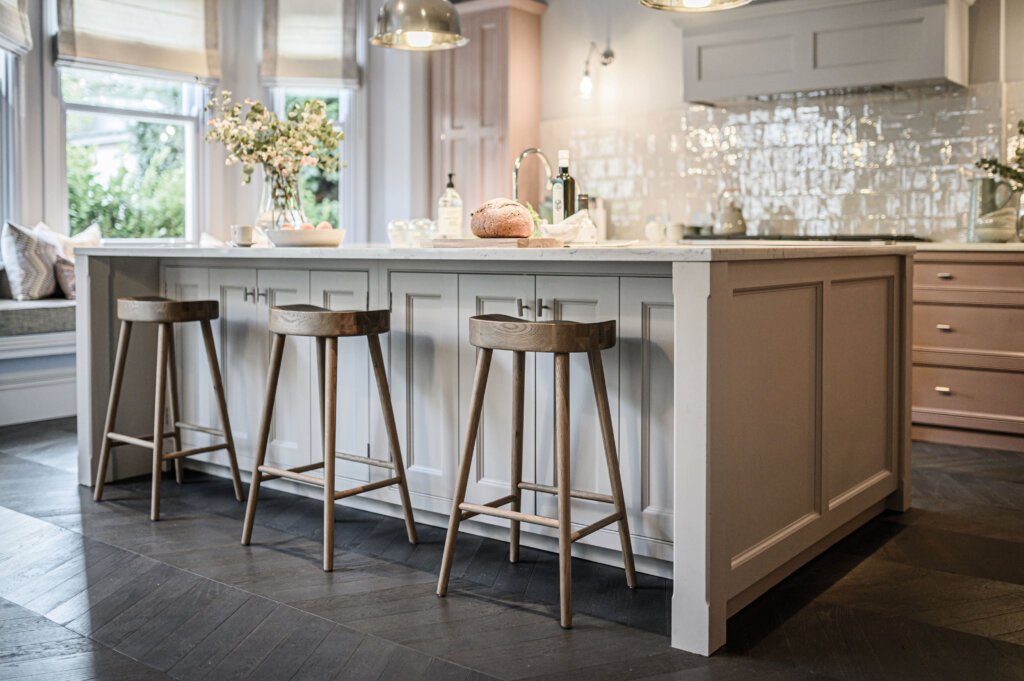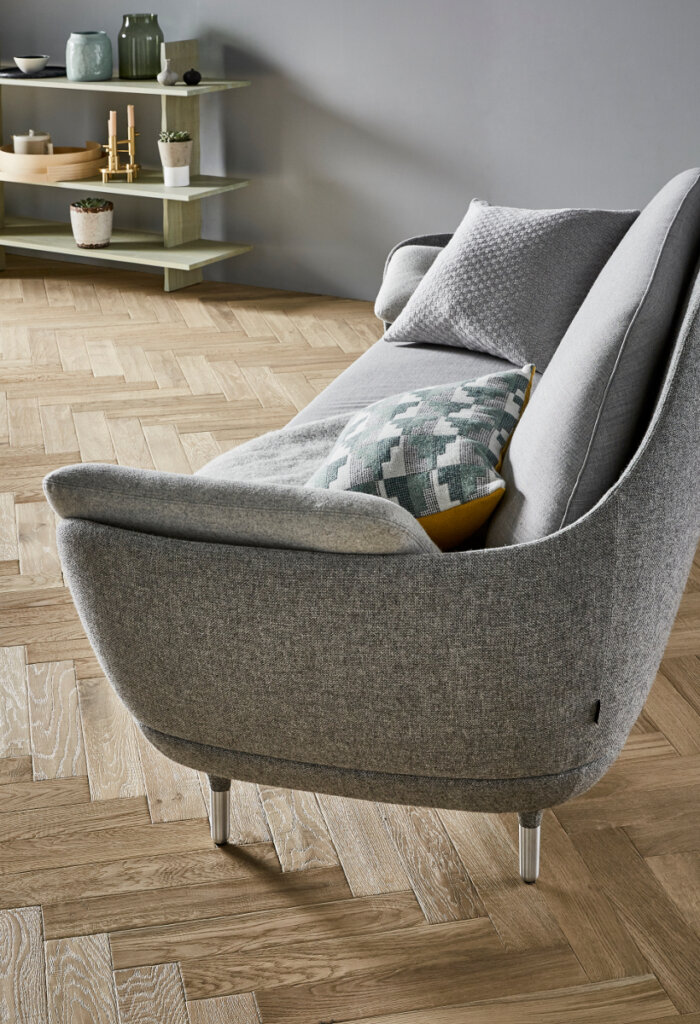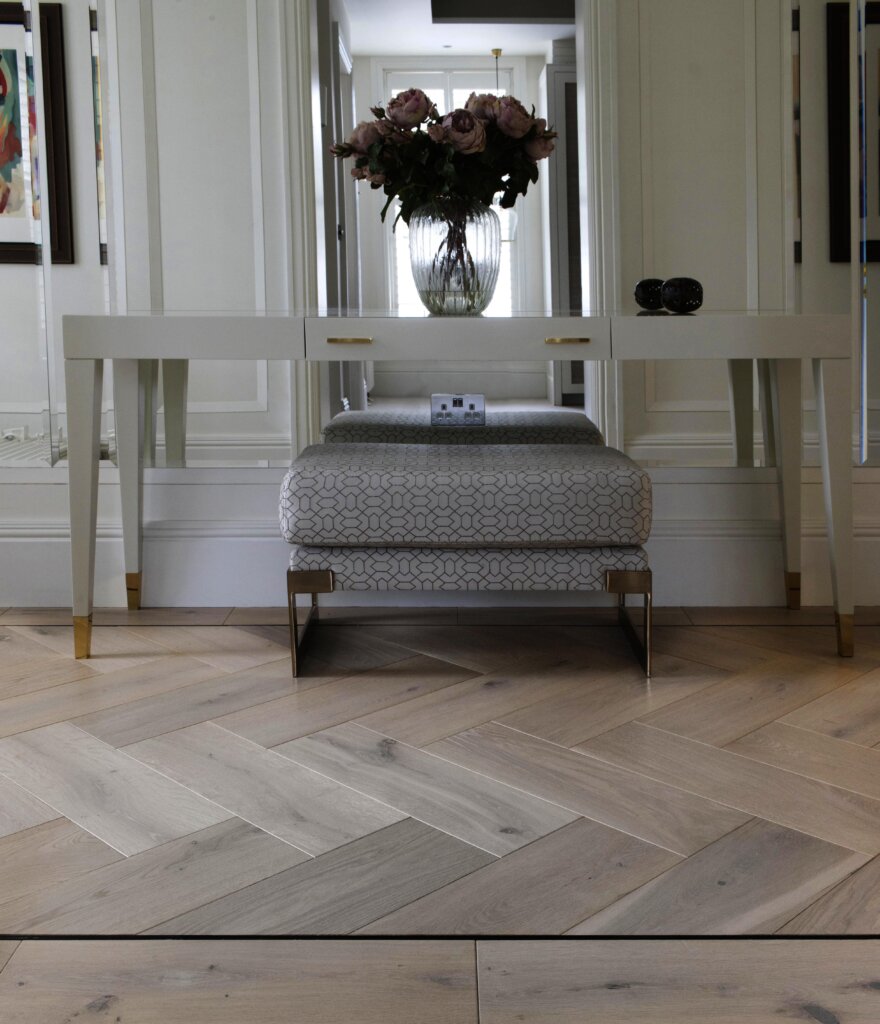Herringbone & chevron wood flooring, or wood block and parquet flooring, have become synonymous with uber-trendy interior spaces in recent years – and their popularity only continues to increase. But what is the history behind these versatile patterned floors and why do they continue to be so popular, centuries after they were first used on wood flooring?
The History Of Herringbone And Chevron Wood Flooring
Herringbone and chevron wood flooring was first used by the Romans as a method of stabilising roads with the pattern. While the pattern was used in interiors from Roman times though the Middle Ages, it was only in the 16th century that the design began to be used in wooden floors. One of the first examples of wood herringbone can be found in the Francois 1 Gallery at the Chateau de Fontainebleau, which was installed in 1539. It was designed and produced by Italian craftsman whom Francois had hired away from Italy and immediately started a fashion in patterned wood flooring.
From the seventeenth century to the latter half of the eighteenth century, the popularity of parquet floors reached a fevered pitch. Patterned wood floors were laid in castles, palaces and the homes of the nobility and wealthy throughout Western Europe. It was noted that the Palace of Versailles only had one room with a chevron pattern instead of the parquet de Versailles panels that are now so well known.
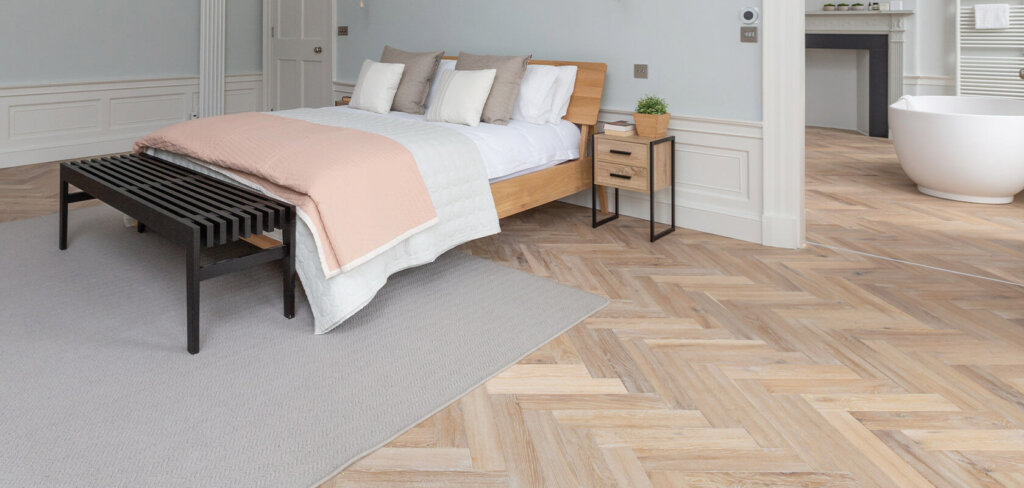
What’s The Difference Between Herringbone And Chevron Wood Flooring?
Both comprise of pieces of wood of equal size arranged in a zig zag pattern. With herringbone, the pieces are cut in perfect rectangles and then staggered a bit so that the end of one plank meets the side of another – a broken zig zag. The chevron pattern occurs when the wood planks are cut on an angle so that when arranged in a zig zag form a straight line where the ends meet.
Both flooring patterns create a stunning parquet visual, although they achieve it in different ways. Chevron patters offer a more geometric and contemporary aesthetic, with herringbone embodying traditional effects perfect for a heritage project. However, both patterns are packed with character and that timeless hardwood flavour.
Maintaining Herringbone And Chevron Parquet Wood Flooring
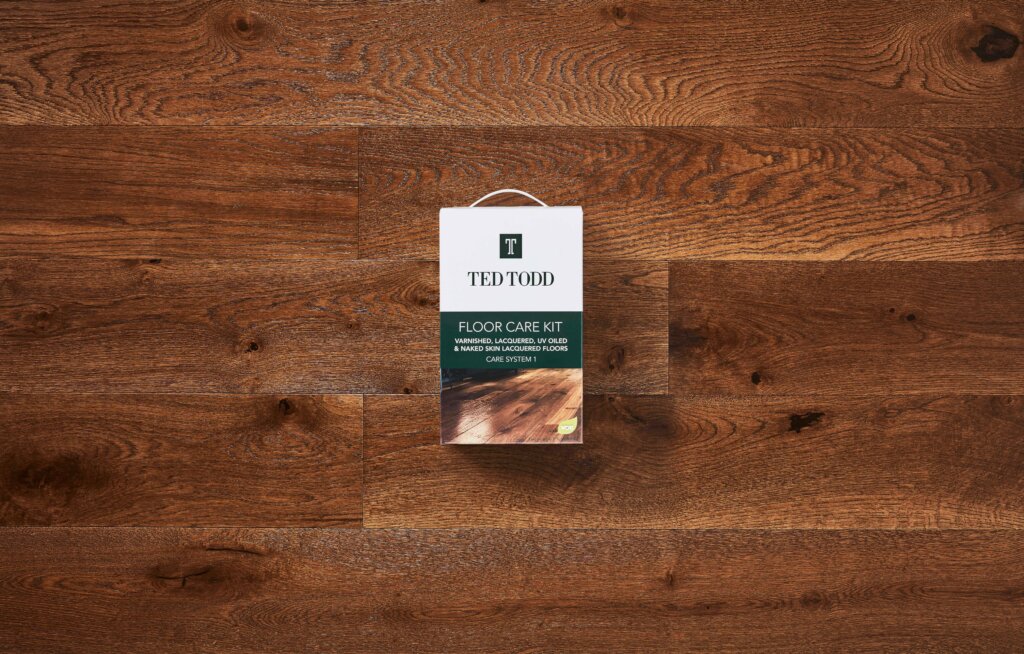
Once your flooring is fully installed, it’s important that you keep on top of floor care to make the most out of it. Like with all Ted Todd flooring, this beautiful designs will offer decades of use when maintained properly. To keep on top of floor maintenance, ensure regular surface cleaning to keep grit and grime at bay and dab the surface gently with a damp cloth.
Avoid over exposure to water. To avoid scratching and scuffs, add pads to furniture and include rugs or mats in extremely high traffic areas.
Which Rooms Are Herringbone And Chevron Floors Suitable For?
These patterned floors were originally used in large spaces and there is no doubt that they add interest and impact. However, space is not a prerequisite as the example below illustrates.
The angle of the blocks as well as their width can be changed to give very different effects. For example, a wide herringbone pattern adds impact to contemporary schemes, while skinny herringbone blocks are just at home in urban, industrial schemes as they are in a shabby chic setting.
Mixing colours has also become very popular, with everything from subtle combinations of light shades to eye popping mixes of bright colours.
Summary
Whichever combination you choose, you are in good company. Herringbone and chevron wood floors have been cherished for their incomparable versatility for nearly 500 years and will continue to be a staple in interior spaces for the foreseeable future
Ted Todd offers a wide variety of herringbone and chevron patterned floors, in a wide variety of wood, colours, finishes and widths.
